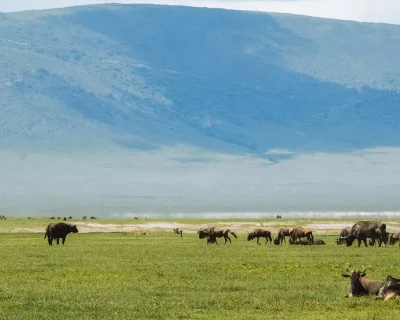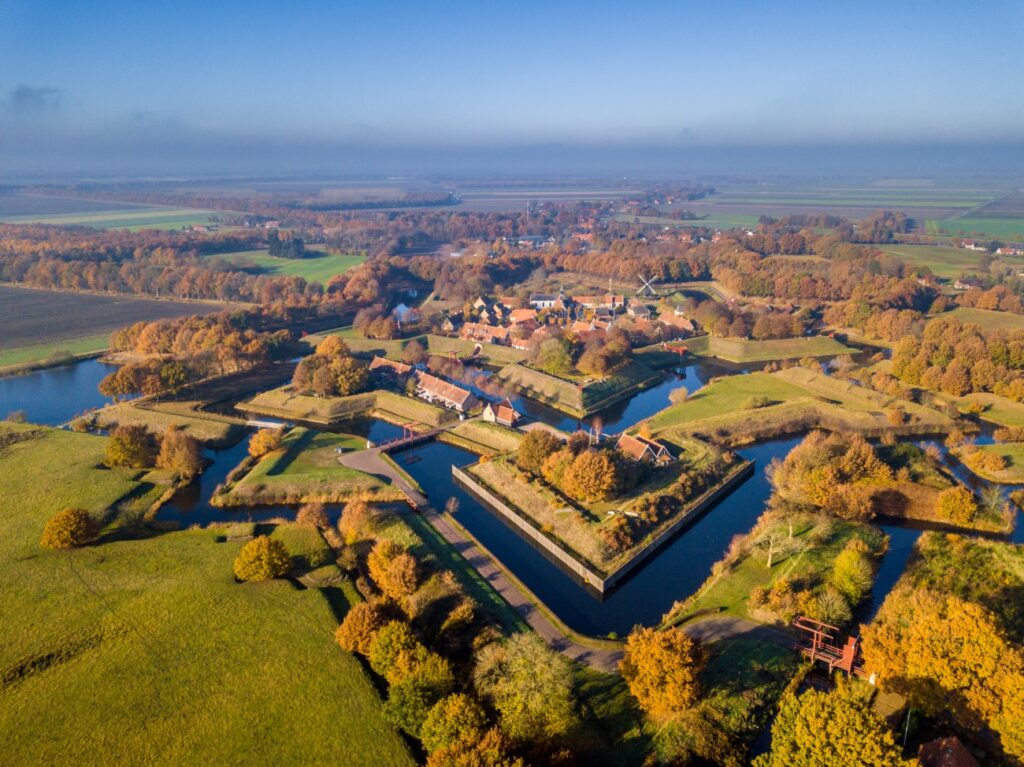The Serengeti National Park in Tanzania is one of the most famous national parks on the planet. And it’s not hard to see why. It never ceases to amaze visitors with its beautiful endless plains, stark vegetation, and an abundance of magnificent wildlife. It’s location is also convenient for visiting other Tanzanian parks and attractions to get a well rounded Tanzania adventure experience. Little wonder that year after year this national park remains one of the best places to visit in the world.
Before you book your tour, however, you should know that what you may actually see on your safari depends largely on when you choose to visit. So what’s the best time to visit the Serengeti?
Matching Your Interest
You can actually visit the Serengeti throughout the year, but seeing as it is a vast ecosystem covering an area of 30000 square kilometers, the when and where typically depends on your personal interests. Want to witness the famous river crossings of the Wildebeest Migration? Then you’re heading to the northern part of the Serengeti between July and September. Want to arrive at a time when there are fewer crowds and benefit from special discounts? Then April or May are your best bets. That being said, here’s a month by month breakdown to help you plan your Serengeti, Tanzania trip:
January to February
These months mark the beginning of Tanzania’s green season. The rolling plains of the Serengeti feature a beautiful shade of green with minimal dust levels and good wildlife viewing opportunities, especially around the Ndutu plains in the south of Serengeti. This period is also superb for bird watching activities as the park is usually teeming with migratory birds. In January and February, the famous Great Migration is usually concentrated in massive numbers on the Serengeti plains and is also the time when many animals time their birthing to coincide with the green season.
March to April
The months of March and April mark the end of the green season and the beginning of the off-peak season. The weather is ok although the occasional thundershower may impede your game viewing experience. Towards the end of April, the landscape turns a lush green, allowing for many photographic opportunities. The Serengeti starts to see fewer visitors as the rainfall becomes less occasional. Notwithstanding, March through April remains one of the best times to get ‘off the beaten path’ and explore the remote corners of the Serengeti National Park.
May
From late April to the second half of May, rainfall tends to be at high levels. Camps and lodges are not as busy, so you will likely receive a lot of discounts. The scenery is green and blooming, although wildlife viewing might be a bit limited due to the rains making some of the routes unpassable, albeit for a few hours. If you are in the park to follow the Great Migration, however, then you will likely be in the Central and Western regions of the Serengeti where you can see the herds on their way towards the Masai Mara in Kenya.
June, July and August
June marks the beginning of the dry season and the peak season for safari visitors. It is also the start of the northward migration season in the Serengeti. Dry conditions prevail but there might still be the occasional afternoon or evening rain shower, which can be a welcome relief. Wildlife viewing starts to pick up by mid-June through July and August as resident animals become concentrated around the remaining sources of water in the park. July also sees the Great Migration making its way north towards the Mara river for the dramatic river crossings into the Masai Mara reserve.
September and October
By September, you will still be able to see the wildebeests, along with zebras and gazelles in the northern area of the Serengeti. The famous river crossings along the Mara River are still visible during this period since the migrating herds travel in large batches. Across other parts of the park, wildlife viewing opportunities are at their best as the dry season means that the animals tend to gather around the remaining sources of water, which makes them easy to spot on game drives and hot air balloon rides. By October, the plains are dry and the grass is short, but towards the end of the month, you can already feel the change in atmosphere as the dry season comes to an end.
November and December
This period is characterized by short rains that refresh the air and wash away the dust from the dry season. Game viewing is still good despite the rains since these light showers are usually over as quickly as they appear. These rains bring fresh grazing to the south of the Serengeti and signal the return of the migration. The scenery is turning green and the cycle begins all over again.
You should note that this guide is only speculative based on Tanzania’s climate over the past few years, so there might be some overlaps in season and related activities. All year round there’s something fascinating to see and experience so be sure to add Serengeti in your travel itinerary. Ready to plan your trip to the Serengeti National Park? Talk to us today to get started.





